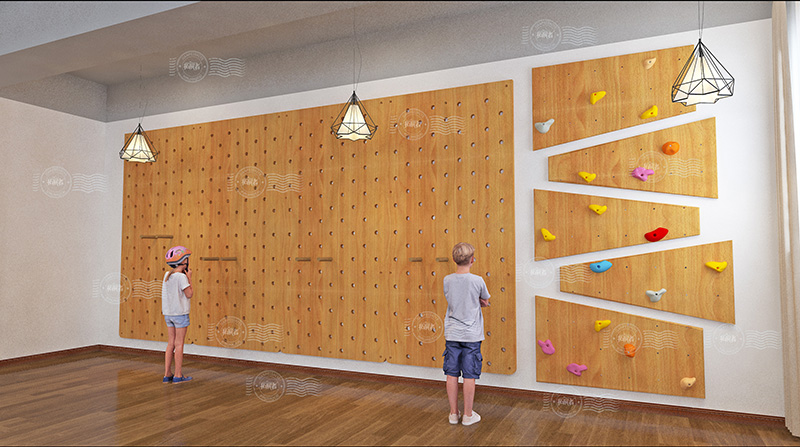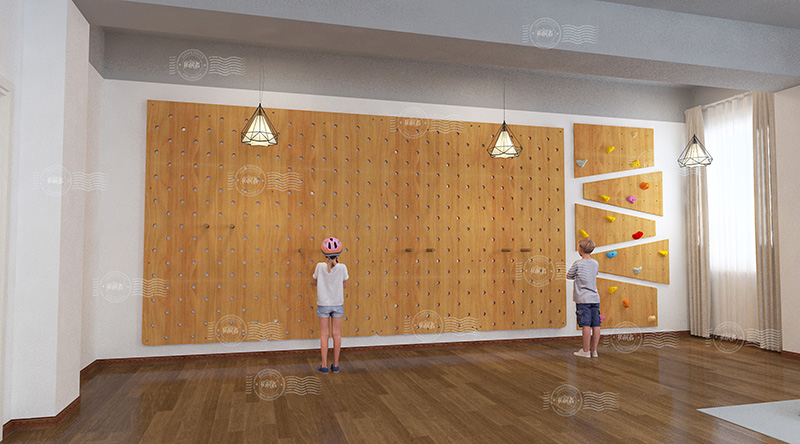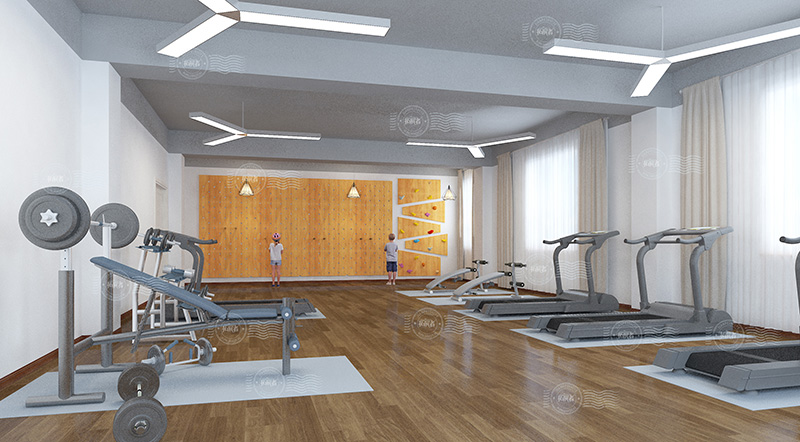
There are many popular versions of the home climbing board but they all follow roughly the same outline:
Large climbing surface
It needs to be big enough to replicate most moves and a few series of moves. Most of them are small irregular panel spliced into a large one, of course, we also have complete large pieces that can be spliced together with small pieces, the larger ones allowing far more training options and even complete routes.

One of the keys to making a good home climbing wall useful is standardized spacing for the mounting holes. This allows the same moves to be replicated on different walls. The generally accepted standard spacing is a 20 cm x 20 cm grid for “full” widths. Occasionally you will find a much higher density 10 cm x 10 cm “half” width grid. The Kilter Board, Tension Board, and Moon Board all follow the 20 x 20 layout, except the Moon Board incorporating a “Legacy Feature”, a couple of their rows spaced 22 cm apart.
A home climbing wall is an excellent consideration for anyone serious about improving their climbing ability, from those newer to the sport to the masters. These are a big investment of time, to put in, but give you the most effective overall training tool per square foot available. Smaller versions can be put in almost any room but will dominate the space quite heavily with a strong, organized, almost brutal, training vibe.

Check out our more home climbing wall types here for your choice.

